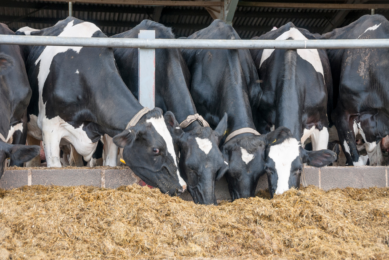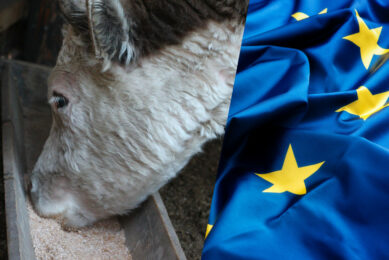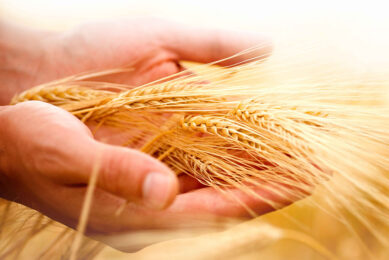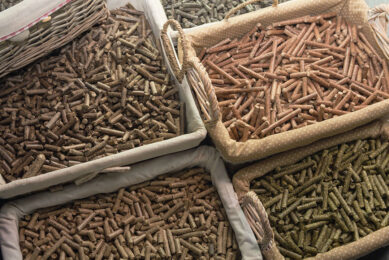Making the perfect feed pellet
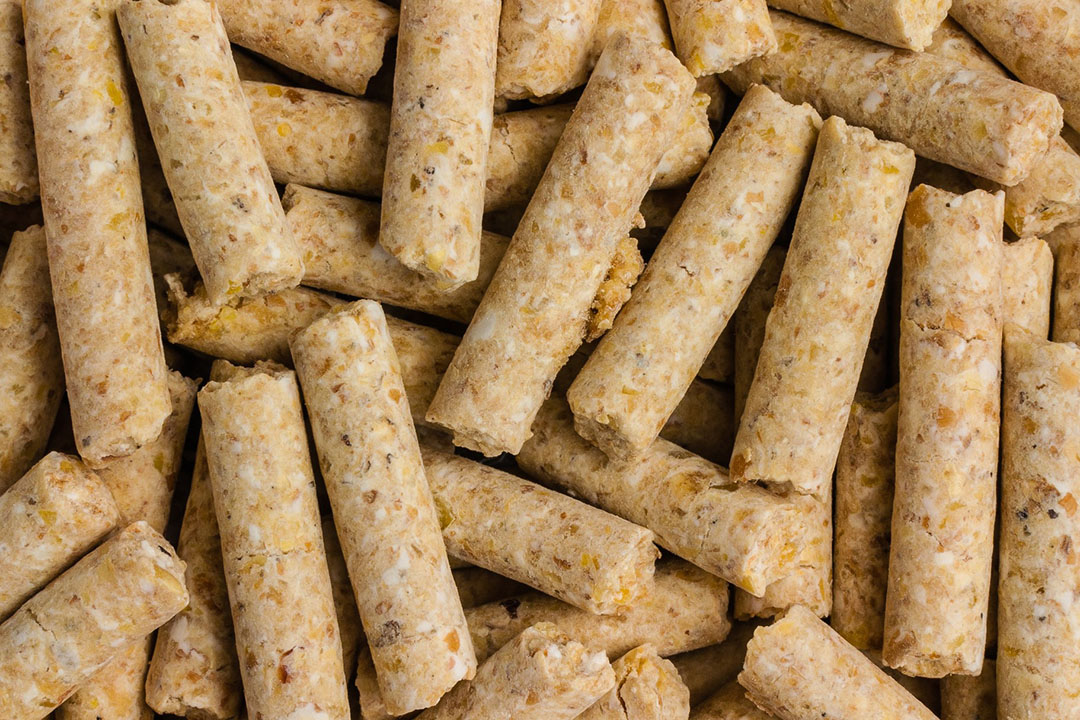
The ultimate goal for every human worldwide is to be happy. Certainly, for feed manufacturers, the goal is to be happy in the knowledge that they produce pet food and animal or fish feed with the best possible nutritional and physical quality, in the cheapest possible way.
No doubt that pelleting and extrusion technologies are the most popular thermal processing techniques in the feed industry. These techniques are cost efficient and bring chemical changes that optimise animal digestibility of the feed diets.
Influencing nutritional and physical quality of pellets
Process parameters between those techniques contrast each other with physical forces applied during production. Also, their thermal profile together with viscoelastic properties can influence the nutritional and physical quality of the feed pellets.
Many factors can affect physical quality, such as:
- nutritional composition of the feed mash,
- homogeneity of nutrients,
- particle size distribution of the milled ingredients,
- conditioning time and temperature,
- water addition,
- steam quality, etc..
There is a gap in scientific literature that explains how mentioned factors and their combination may influence processability, energy consumption, pallatability and physical properties of the final product.
Not all nutrients are equal
Science knows that all nutrients are not created equal. The nature of proteins or starch defer from one to another raw ingredient. Each ingredient in a feed formulation has a specific function. Therefore, if a certain ingredient is cheaper to use, it does not necessarily follow that that ingredient will be the cheapest option due to the sacrifice of physical feed quality or decreased production outputs.
Influencing physical pellet quality
Feed formulation and viscosity of the feed mash, together with thermal processing, are the most critical factors influencing physical pellet quality. Restricting the addition of ingredients to low viscosity (fat, glycerol, etc..) and applying them in post-production with vacuum technology may increase physical quality of the feed pellets. These factors are sometimes neglected, and consequently the production parameters are managed poorly.
Importance of communication
With such unoptimised production physical feed pellet quality may be reduced. Negligence of these factors is mostly created through non-substantial communication between feed technologists and nutritionists. Therefore, both feed technologists and animal nutritionists need to learn to speak the same language which will bring the overall result in the form of a perfect pellet.
Perfect pellet happiness
It is of paramount importance that by using the scientific methods we identify how combined influencing factors may positively influence an optimal energy consumption during feed manufacturing. This could help feed manufacturers to choose different approaches that will improve physical and nutritional quality of the feed pellets and achieve a perfect cylindrical form of happiness.




